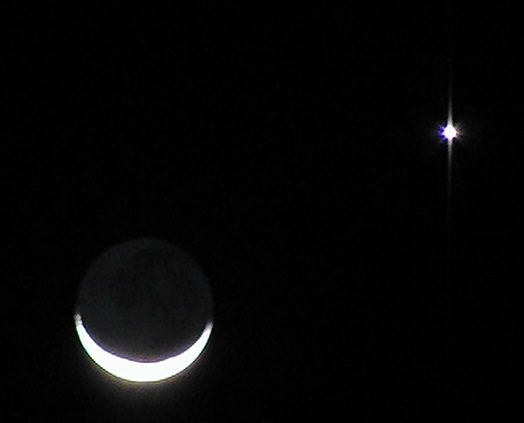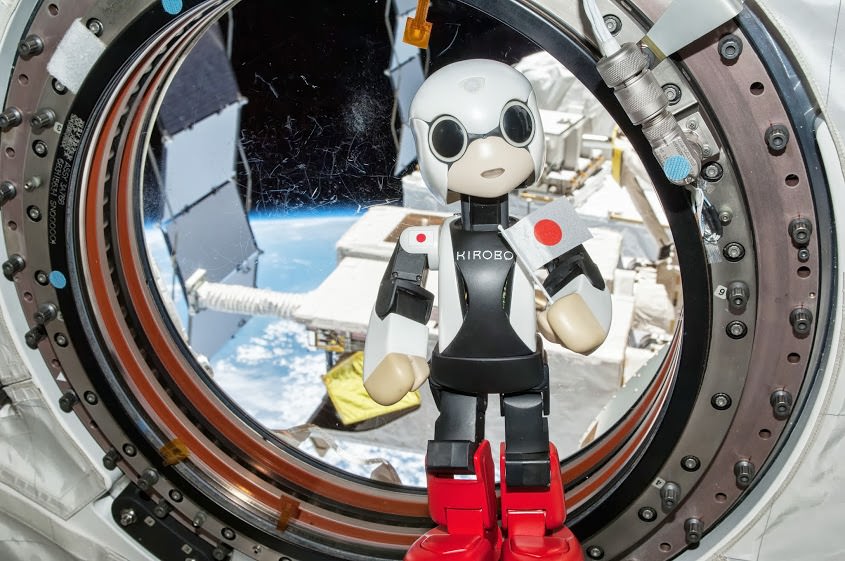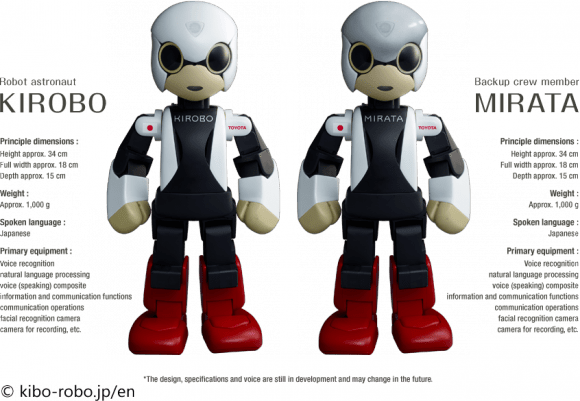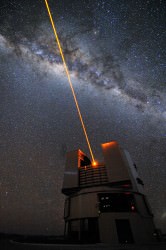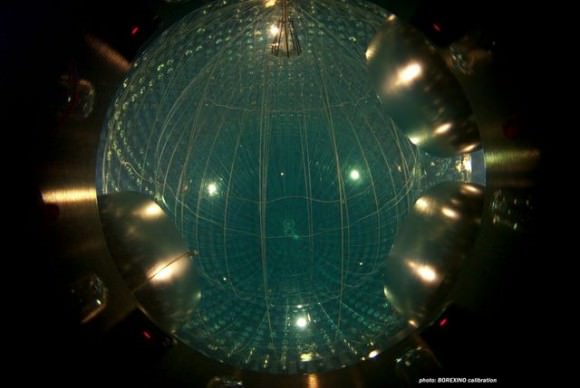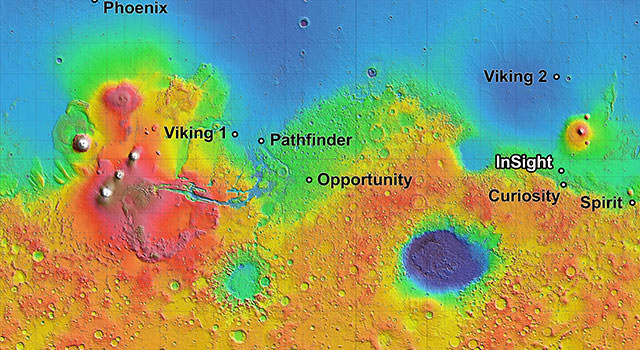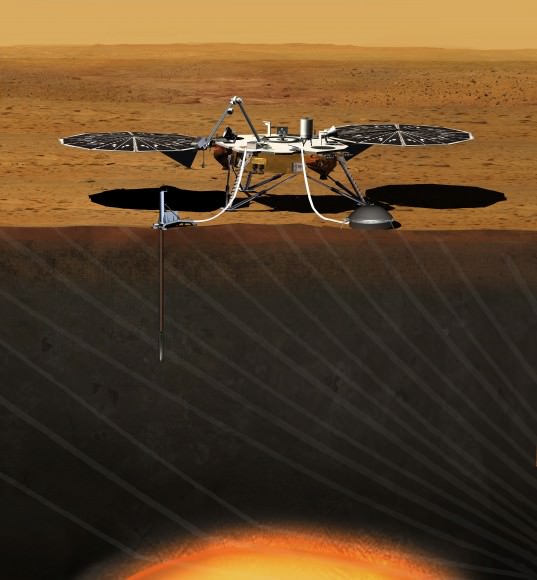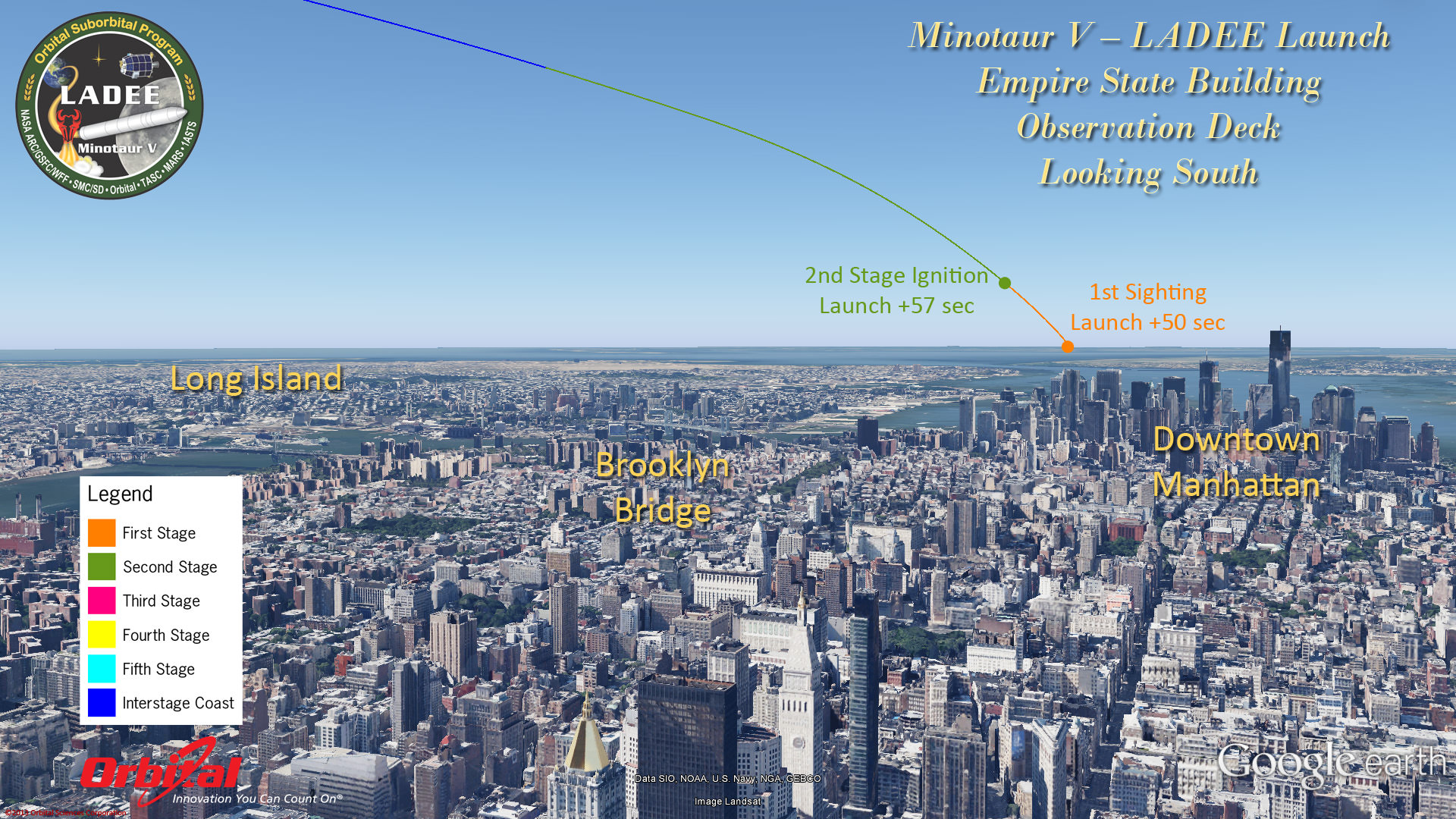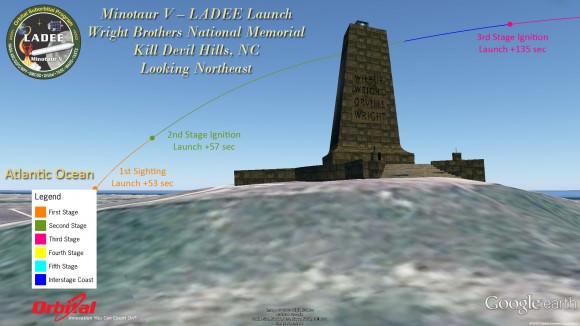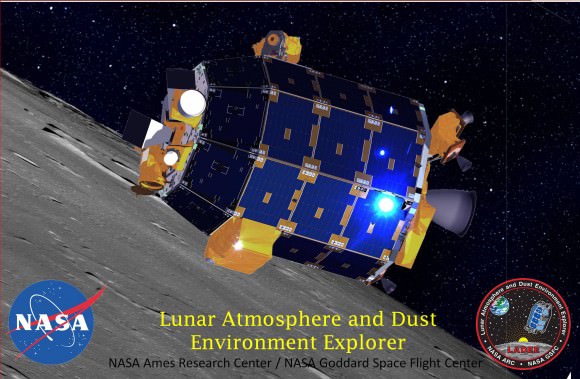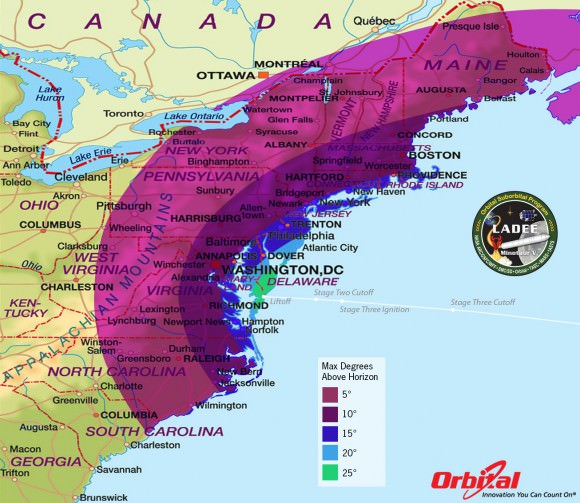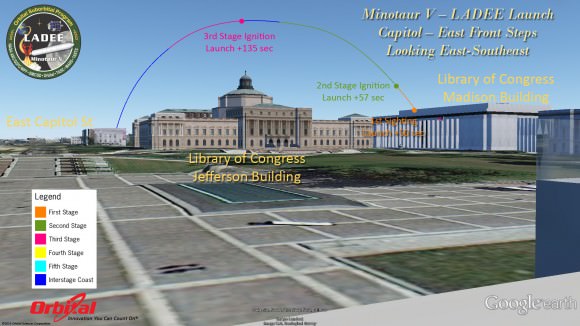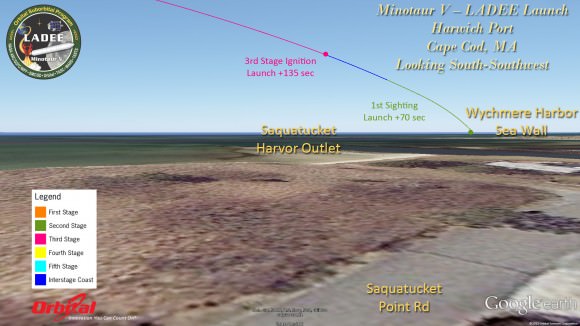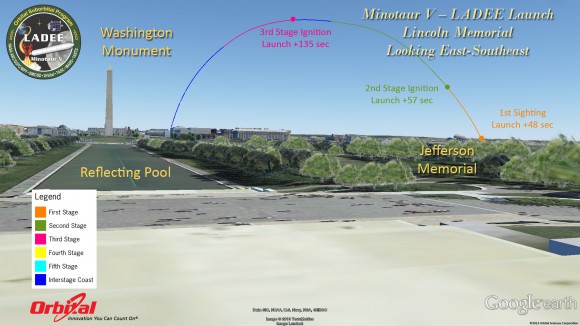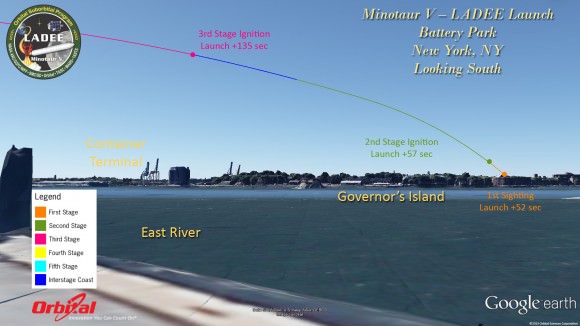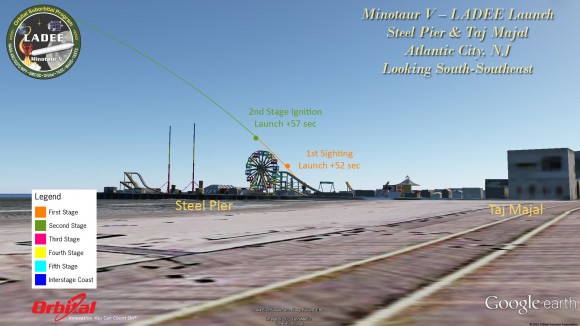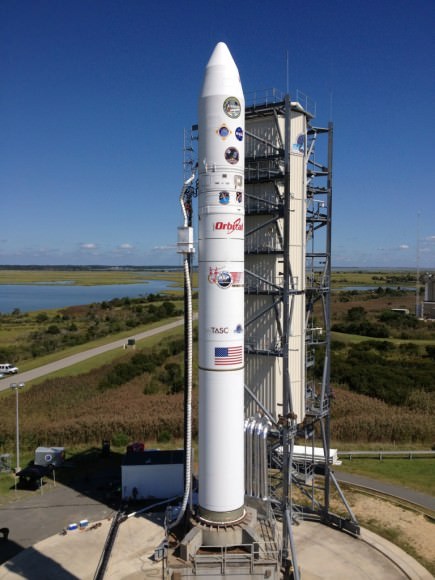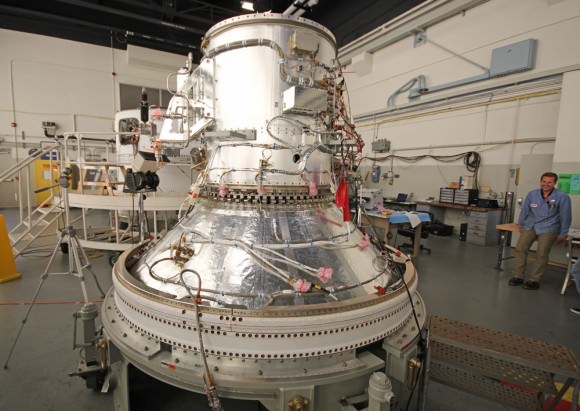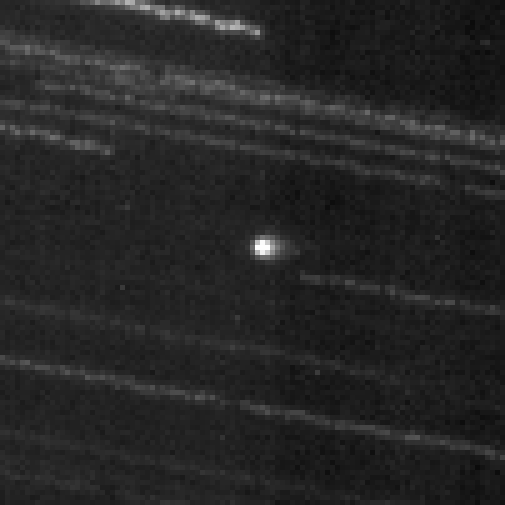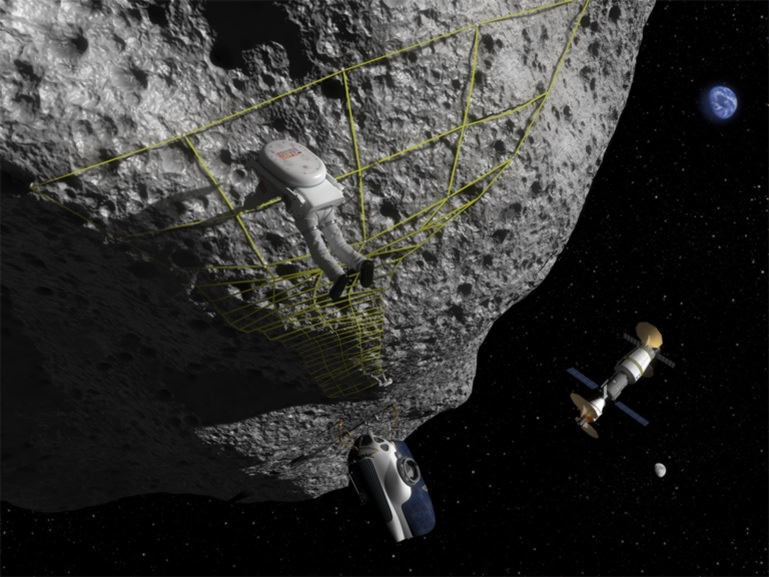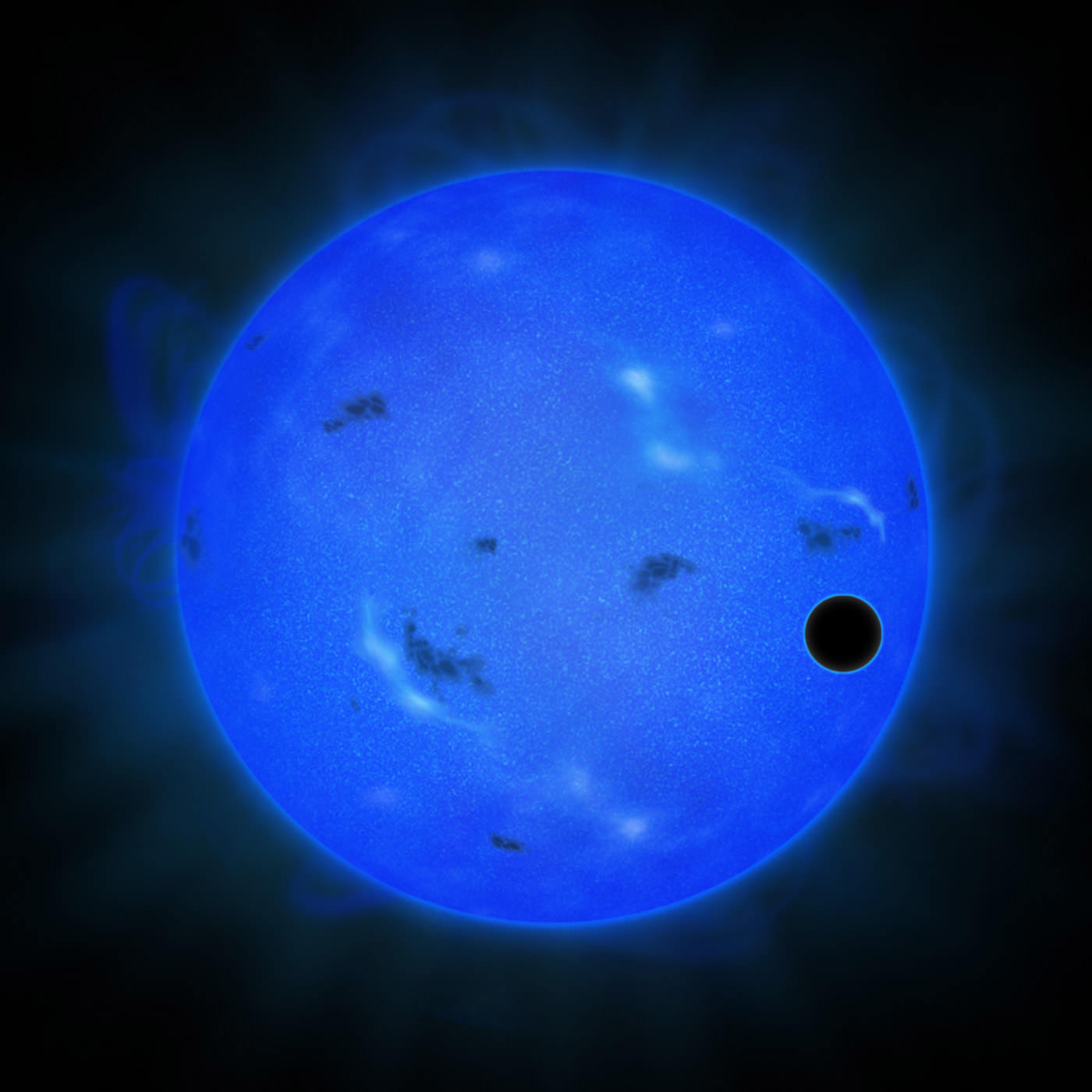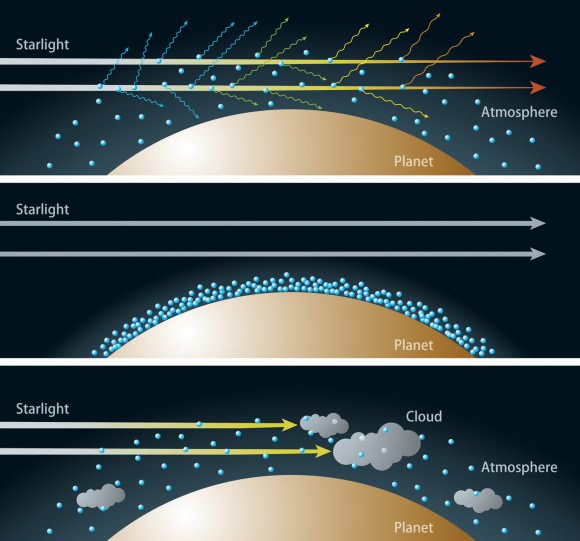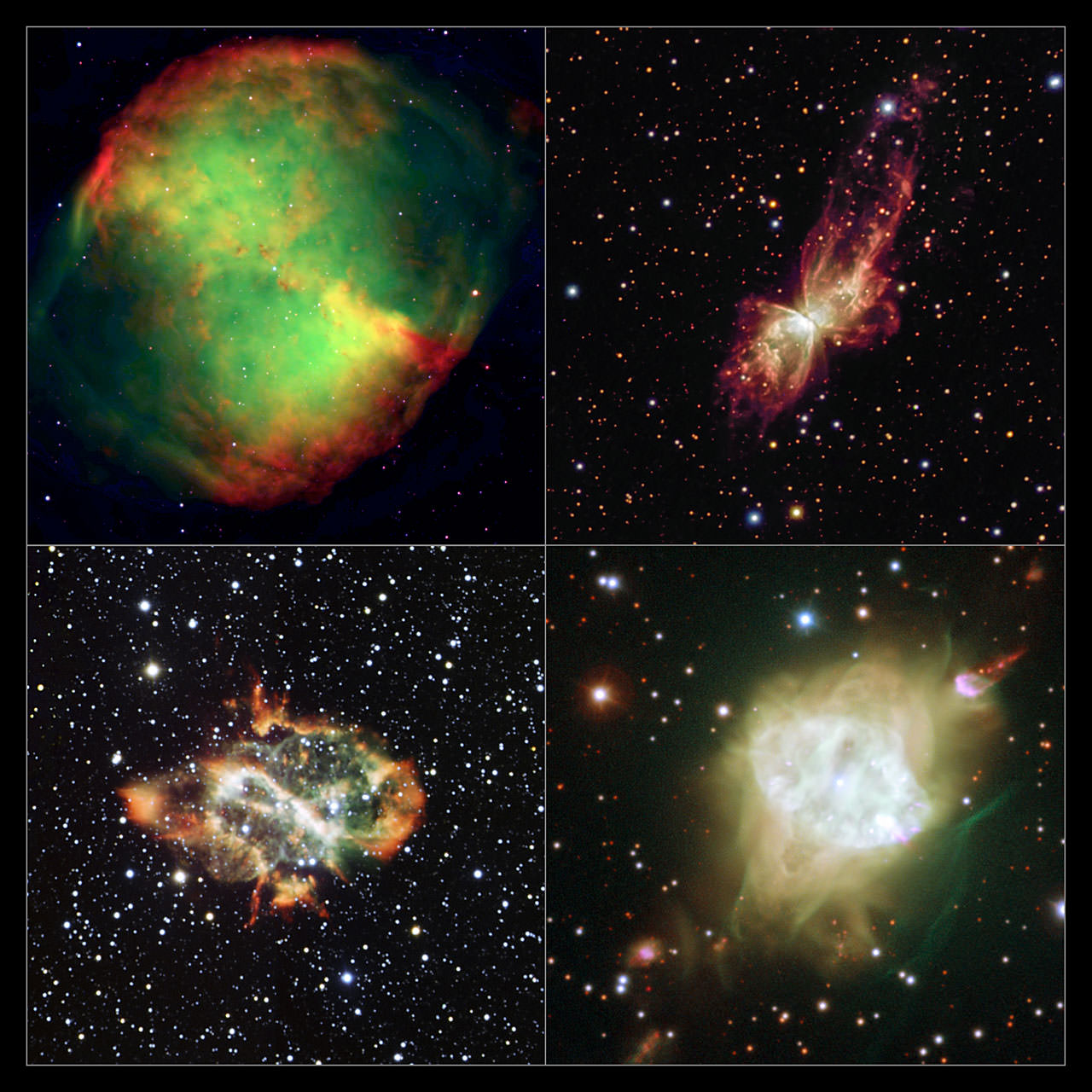Sky watchers worldwide are in for a treat Sunday evening September 8, 2013 as the waxing crescent Moon passes near the dazzling planet Venus. And for a select few, the Moon will actually pass in front of Venus, in what is known as an occultation.
The action has already started this week, as the Moon reached New phase earlier today at 7:36 AM EDT/11:36 UT. The appearance of the slim crescent Moon nearest to the September equinox marks the start of the Jewish New Year with the celebration of Rosh Hashanah, which this year began as early as it possibly can at sundown on September 4th. As per tradition, Rosh Hashanah formally begins when the sky is dark enough for three stars to be seen. The convention established by Hillel II in 363 A.D. uses the mean motion of the Moon to fix the start dates of the Jewish luni-solar calendar, which means that occasionally Rosh Hashanah can start a day early. This also occurred in 2002.
The New Moon has also been historically an opportune time for nighttime military operations to commence —Desert Storm in 1991 and the raid against Bin Laden in 2011 were both conducted under the darkness afforded by the absence of moonlight around a New Moon. It’s yet to be seen if planners looking to conduct airstrikes on Syria are planning on taking advantage of the same conditions to begin operations soon.
Tonight, you can see the +1st magnitude star Spica less than two degrees away from -4th magnitude Venus. This places Venus at 100 times brighter than Spica and visible before sunset if you know exactly where to look for it.
The brightest star in the constellation Virgo, Spica is 260 light years distant and on the short list of nearby stars that will eventually go supernova. Fortunately for us, Spica is well outside of the ~100 light year radius “kill zone”.
You might just be able to spy the Moon and the -1st magnitude planet Mercury low to the west at dusk for the first time for this lunation tonight or (more likely) Friday night. This is also a great time to check out LADEE’s future home as it departs for lunar orbit from Wallops Island in Virginia on Friday night.
Hey, LADEE sitting on the pad atop its Minotaur V rocket with the slim crescent Moon in the background at dusk Friday night would be a great money shot, I’m just sayin’…
This weekend will see the Moon increase in illumination and elevation above the western horizon each evening until Spica, Venus, and the waxing crescent Moon fit within a four degree circle on Sunday night. The Moon will be 12% illuminated, while Venus is currently at a gibbous phase and 72% lit.
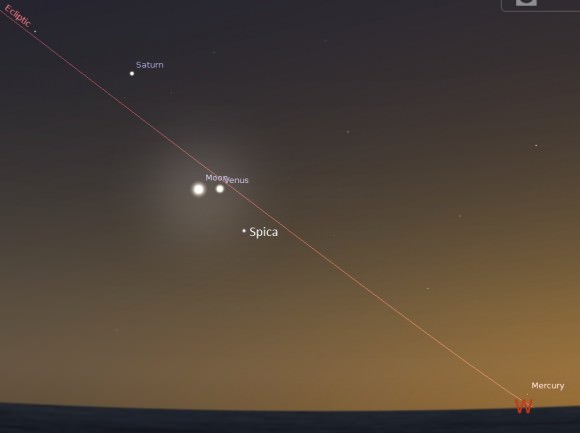
This will also present a good chance to see Venus during the daytime, using the nearby crescent Moon as a guide. This is a fun thing to try, and no gear is required! Though Venus may seem tough to find against the bright daytime sky, appearances are deceptive. With an albedo of 67% versus the Moon’s average of 14% Venus is actually brighter than the Moon per square arc second of size!
The Moon will also occult Spica on the evening of September 8th for observers in the Middle East and Europe right around sunset. Spica is one of four bright stars that the Moon can occult in the current epoch, along with Antares, Aldebaran, and Regulus. This is also part of a series of fine occultations of Spica by the Moon ongoing from 2012 to 2014.
Sundown on September 8th offers a special treat, as the 3-day old Moon passes less than a degree from Venus worldwide. The pair will fit easily into the field of view of binoculars or a telescope at low power and present an outstanding photo op.
And for observers based in Argentina and Chile, the Moon will actually occult Venus. Occultations are grand events, a split-second astronomical event in a universe that seems to usually move at a glacial pace. This particular occultation occurs for South American observers just before & after sunset.

We witnessed and recorded a similar pairing of Venus and the daytime Moon from the shores of our camp on Saint Froid Lake in northern Maine back in 2007:
Also, keep an eye out for a ghostly phenomenon known as the ashen light on the dark limb of the Moon. Also known as Earthshine, what you’re seeing is the reflection of sunlight off of the Earth illuminating the (cue Pink Floyd) dark side of the Moon. When the Moon is a crescent as seen from the Earth, the Earth is at gibbous phase as seen from the nearside of the Moon. Remember, the lunar farside and darkside are two different things! Earthshine can vary in brightness, based on the amount of cloud and snow cover present or absent on the Earth’s moonward side. My Farmer’s Almanac-consulting grandpappy would call ashen light the “Old Moon in the New Moon’s arms,” and reckon rain was a comin’…
Be sure to check out these astronomical goings on this weekend, and send those pics in to Universe Today!

